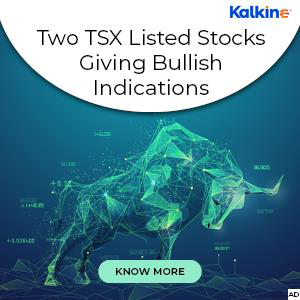Highlights
- Fluctuating ROCE: Canada Goose's return on capital employed shows inconsistencies, indicating potential challenges in profit generation.
- Stagnant Capital Employed Growth: Limited growth in capital employed raises concerns about the company’s scalability and ability to capitalize on market opportunities.
- Competitive Market Landscape: The brand faces significant competition in the luxury apparel sector, necessitating adaptability to shifting consumer preferences.
In the apparel sector, Canada Goose Holdings (TSX:GOOS) has garnered attention for its premium outerwear and luxury positioning. However, a closer examination of its financial metrics reveals some challenges that may impact its future growth trajectory.
Return on Capital Employed (ROCE)
A key metric for evaluating a company's efficiency in generating profits from its capital is the return on capital employed (ROCE). For a company to be regarded as a potential multi-bagger, an increasing ROCE is essential. This indicates that the business effectively utilizes its capital to generate returns. In the case of Canada Goose, the ROCE has shown fluctuations that raise concerns about its sustainability. A stable or rising ROCE is a critical component for a company to become a compounding machine, reinvesting profits back into the business effectively.
Capital Employed and Growth Prospects
In addition to ROCE, the expansion of the capital employed is crucial for understanding a company's growth potential. A company that successfully increases its capital base while maintaining or improving its returns is generally on a solid path for growth. Canada Goose's current trajectory indicates a relatively stagnant capital employed growth rate, suggesting limitations in its ability to scale operations and capitalize on market opportunities. This stagnation may hinder the company from achieving the levels of growth associated with multi-bagger stocks.
Market Position and Competitive Landscape
Canada Goose operates in a competitive luxury apparel market, where consumer preferences can shift rapidly. The brand's strong identity and premium pricing strategy are significant assets. However, the landscape is marked by increased competition from both established and emerging brands, which may impact Canada Goose's market share. The ability to adapt to changing consumer demands and economic conditions is crucial for sustaining growth.
Overall, while Canada Goose Holdings maintains a distinct position in the luxury apparel sector, the current financial indicators do not suggest that it possesses the characteristics typically associated with multi-bagger stocks. The ROCE appears inconsistent, and the capital employed shows limited growth potential. The evolving market dynamics further complicate its growth prospects. Stakeholders may need to remain vigilant and monitor the company's financial performance and market conditions closely.


